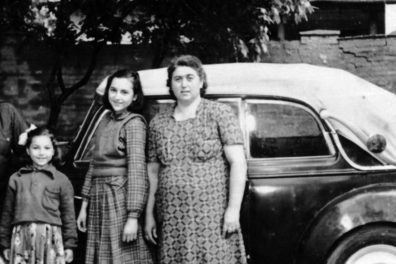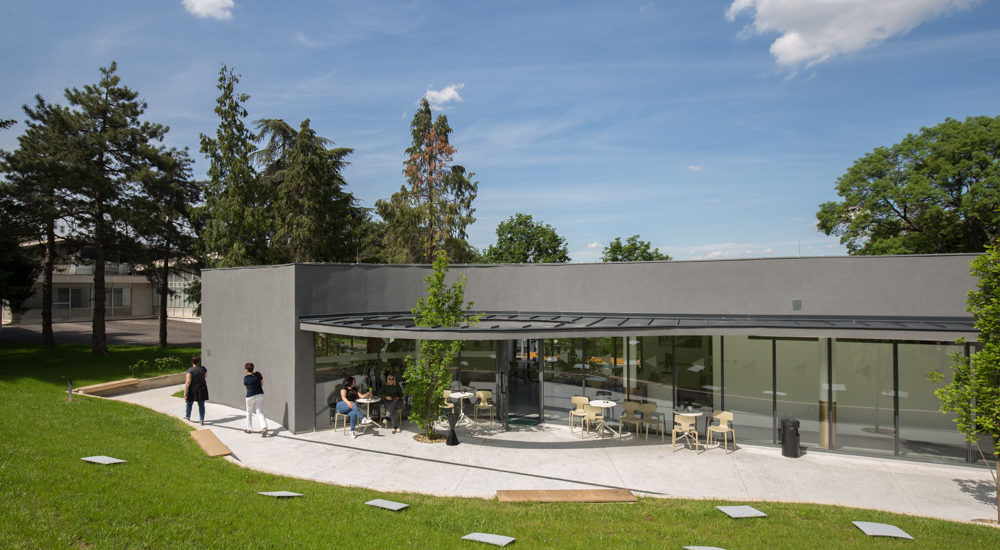
THE MUSEUM OF YUGOSLAVIA OPENS THE SCULPTURE PARK FOR ALL
Starting from May 9, the entrance to the Sculpture Park, part of the Museum of Yugoslavia complex, will be free for all citizens. The team of the Museum of Yugoslavia decided to take that step guided by the idea that public culture institutions should be accessible to everyone and that their importance, as a space for community integration, is especially important in times of crisis.
“We decided to take this step keeping in mind the needs of all citizens, especially those from our immediate neighborhood, to whom we particularly want to say that the museum space is also their everyday space for morning coffee, entertainment and relaxation,” said Neda Knežević, director of the Museum of Yugoslavia and added,
“Apart from the opportunity to get acquainted with the works of art located in the Sculpture Park, those interested in chatting (with the prescribed distance and other precautions in place) or reading and thinking, can complete their visit with a coffee in the museum café.”
For now, the Museum of Yugoslavia has opened a part of its complex. The Sculpture Park, souvenir shop and café will be open from 10 am to 2 pm on May 9 and 10, while during the rest of the month working hours of the complex will be from Thursday to Monday (on Tuesdays and Wednesdays the Museum will be closed for visits) from 10 am to 6 pm.
Up to 50 people will be able to stay in the Museum complex at the same time, and the number of visitors indoors will be limited to five in the House of Flowers and no more than two in the souvenir shop.
During visits, it is mandatory to wear a protective mask and gloves, and maintain physical distance, which requires at least two meters between two visitors and the stay of no more than one person per four square meters.
It is notable that in the Sculpture Park of the Museum of Yugoslavia there are 20 sculptures made by prominent Yugoslav artists, such as Antun Augustinčić, Fran Kršinić (his sculpture “Fishermen” was exhibited at the Venice Biennale in 1950, after which it was presented to Tito), Sreten Stojanović, Sava Sandić, Stevan Bodnarov, Aleksandar Zarin, Vlade Petrić, but also the work of contemporary artist Marta Jovanović. Stylistically and thematically, the sculptures are very heterogeneous, from lyrical works in the manner of realism and intimacy, to the classical sculpture of socialist realism.
There is an interesting anecdote about three of the same sculptures of Josip Broz Tito, out of approximately twenty cast in total, made by Antun Augustinčić. Namely, only one was originally intended to stand in this park, while the other two arrived during the 1990s, when they became undesirable.
The ticket for the House of Flowers costs 200 dinars, while, as mentioned, the entrance to the Sculpture Park is now free.
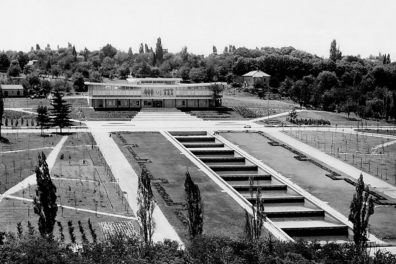
The Origins: The Background for Understanding the Museum of Yugoslavia
Creation of a European type of museum was affected by a number of practices and concepts of collecting, storing and usage of items.
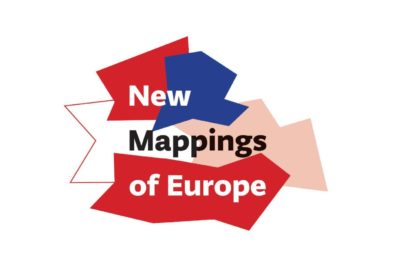
New Mappings of Europe
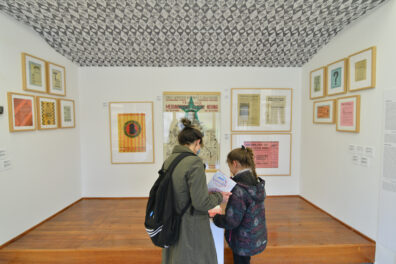
Museum Laboratory
Starting from the Museum collection as the main source for researching social phenomena and historical moments important for understanding the experience of life in Yugoslavia, the exhibition examines the Yugoslav heritage and the institution of the Museum
